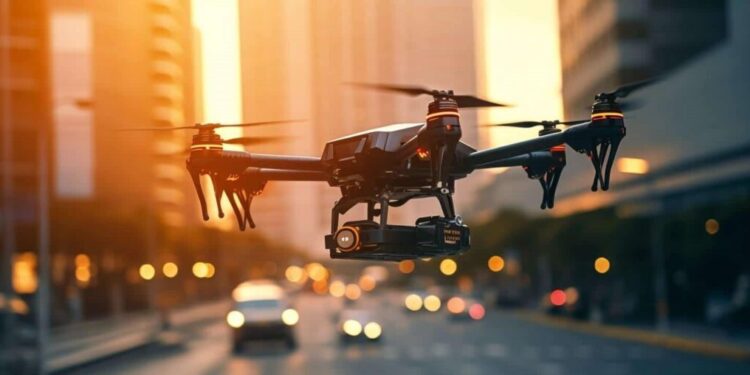Hey buds, you’ve got a brand-new drone, got your hands on our tips guide, but don’t know where to start yet? Don’t worry we’ve got you covered. You are about to fly your drone in the skies just like an eagle with confidence if you follow our guide. In this article, we are going to introduce you to a unique mode of drone, i.e., headless mode for easy flight operation. The headless mode on a drone is the easiest way for beginners to operate the drone. Not just beginner-friendly, it also allows you to enjoy your drone-oriented adventures with safety.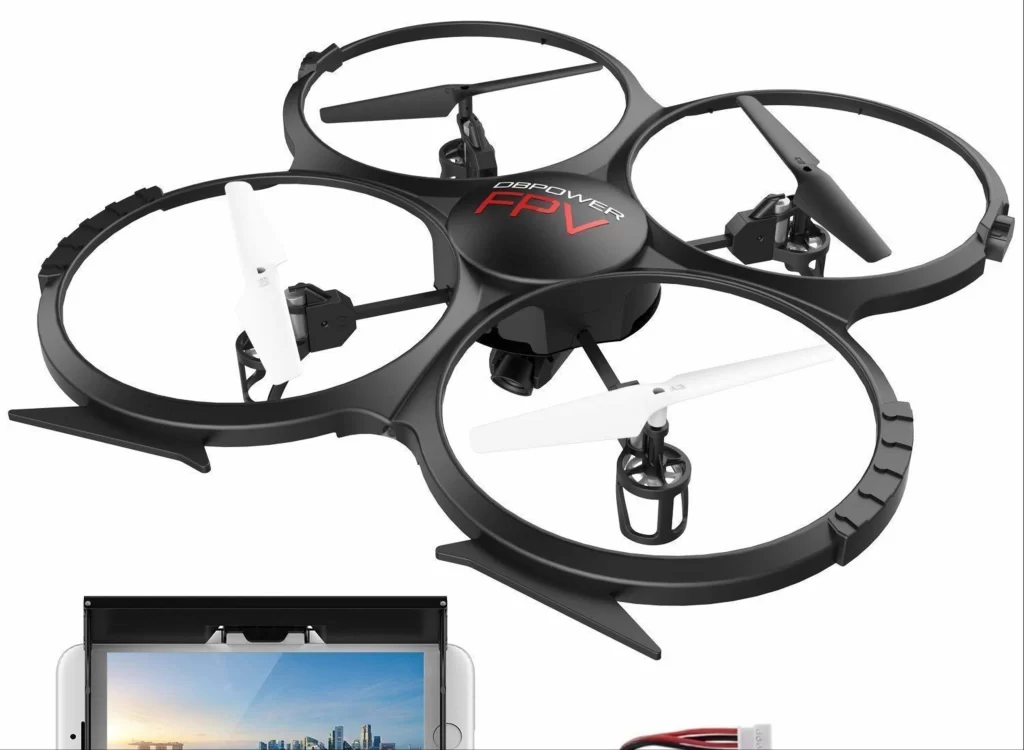
What Is a Headless Mode on a Drone Anyways?
Before mastering the headless mode, I think it is of utmost importance that we discuss what is a headless mode on a drone. Basically, “a headless mode on a drone is what helps the drone move in the direction of the controller regardless of its own orientation.”
It doesn’t go the way its head is pointed to, so it is beginner-friendly as it becomes easy to control. It can be a bit challenging for a beginner to master the control of flying drones regardless of how much practice he has done. So, once you get used to the headless mode, it is easier to fly. If we talk from the controller’s perspective, the headless mode makes your drone fly right if your direction is right and vice versa. How cool and easy? Isn’t it?
Standard Headless Mode of Drone
If we walk about the standard headless mode, if we push the joystick on the remote controller in the forward direction, it will move forward regardless of what its orientation is in the air or which direction the drone is facing. To remove any confusion regarding the drone operation, the headless mode helps the drone pilots move the drone in their own direction.
When the headless mode on a drone is activated, it helps you focus on the flight properly instead of the drone’s orientation.
Flying Mechanism of a Drone
Let’s see how a typical drone works:
Yaw: The drone is rotating around its own axis.
Pitch: Forward or backward motion
Roll: Left and right movement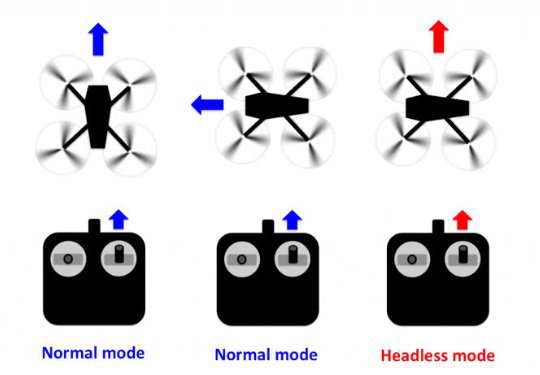
Beginner’s Guide to Headless Mode on A Drone
With our article guide, you’ll be able to fly the drone effortlessly without much confusion. So, let’s get started without any further ado.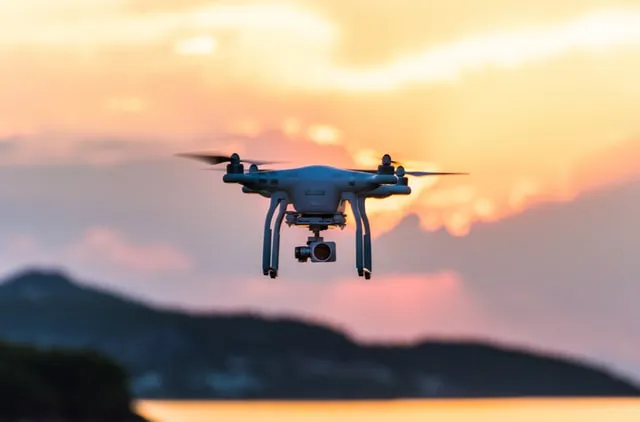
1: Decoding Headless Mode on a Drone: How It Works
The first step in the guide is to understand the headless mode and how it works. It is simply a feature designed for simplifying drone control for beginners. When you activate the drone in a headless mode, it will respond to the control input by the controller instead of where it is heading in the air.
Components of Headless Mode
For a comprehensive understanding of how it works, it is important to know what the components of a headless mode on a drone are.
- Orientation Sensors are used to detect the drone’s orientation when compared to the drone’s pilot position.
- Automated testing is used to adjust the control inputs as inserted.
The information about these components will be the first step towards an effortless and safe flight.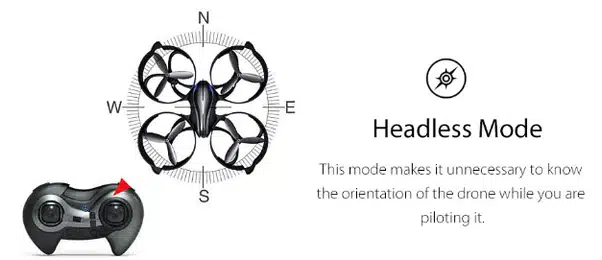
2: Essential Safety Precautions for Headless Mode Drone Piloting
The second step to guide for a headless mode is important to know and practice safety precautions. When you are learning to fly a drone, take into account the safety steps that you can comply with for safer flights. Although controlling the drone using headless mode is fun when you know what a headless mode actually is, it is of utmost importance to remain vigilant and careful of what you are doing. Know the limitations of a headless mode of flying before take-off or any official operation using the remote control.
Safety Tips
Here are some safety tips to follow:
- Pre-flight checks.
- Battery health.
- Be a vigilant drone pilot.
- Know the rules and regulations.
- Operate in an open space without any obstacles.

3: Selecting the Perfect Drone: A Guide to Choosing the Right One
You know all the steps are worthless if you haven’t selected the right drone type for yourself. You have grasped what a headless mode on a drone means. Now, getting to the next part: choosing the right type of drone. First, check the drone’s camera quality. It will be assessed as per personal preferences, as some people might buy a drone for recreational purposes while others might choose one for professional work. So, it basically varies from person to person. The next step is to check the user interface and make sure that it is beginner-friendly with optimal results and easy use. You can also check for additional factors such as range, flight duration, and the quality of the drone material.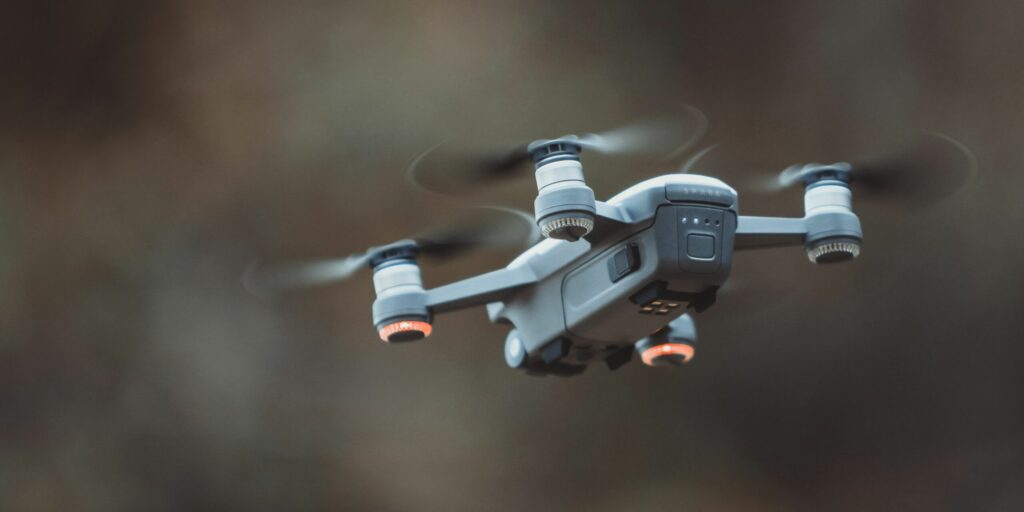
4: Unlocking Headless Mode: A Guide to Activation
The next step in the guide is the activation of the headless mode to commence the flight operation. For this option, you can simply check the model of the drone and take guidance from the user manual. If it is not helpful, then follow the steps we are going to mention below:
Steps for Activation Headless Mode on a Drone
Follow the steps below for a safe flight operation:
- Turn on the drone using the power button or remote controller.
- Go to settings.
- Search for headless mode in the settings.
- If you can’t perform this process simply, your drone might need to take other steps, such as calibrating the compass, etc.
- Make sure that the headless mode is activated by checking the indicator lights.
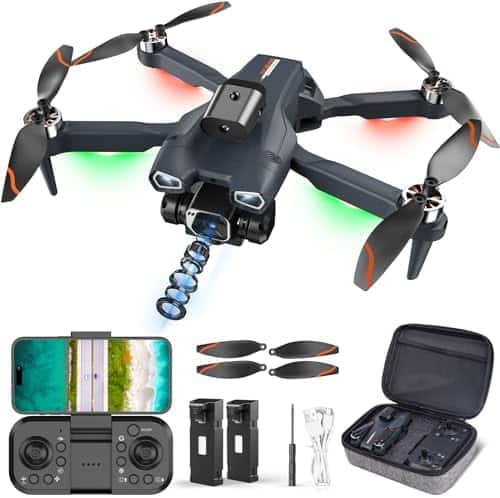
5: Mastering Basic Controls in a Drone
When you are operating a drone, it usually offers simple steps or basic-level controls to be user-friendly and avoid any confusion. As I’ve already mentioned, with this mode, the drone responds to command lines provided by the drone pilot instead of its own orientation. Use the yaw, pitch, and roll method for easy control. Use the joystick to move forward; pull it backward if you want to pull the drone towards you. However, roll it right and left to make it tilt. You can get practiced in what is a headless mode on a drone by grasping the basic controls and command lines. Let me tell you one more thing: the headless mode on a GPS drone is as simple as the normal headless drone option. So, don’t get confused if you read one there.
The guide to easy operation of headless mode is here to assist you with successful navigation.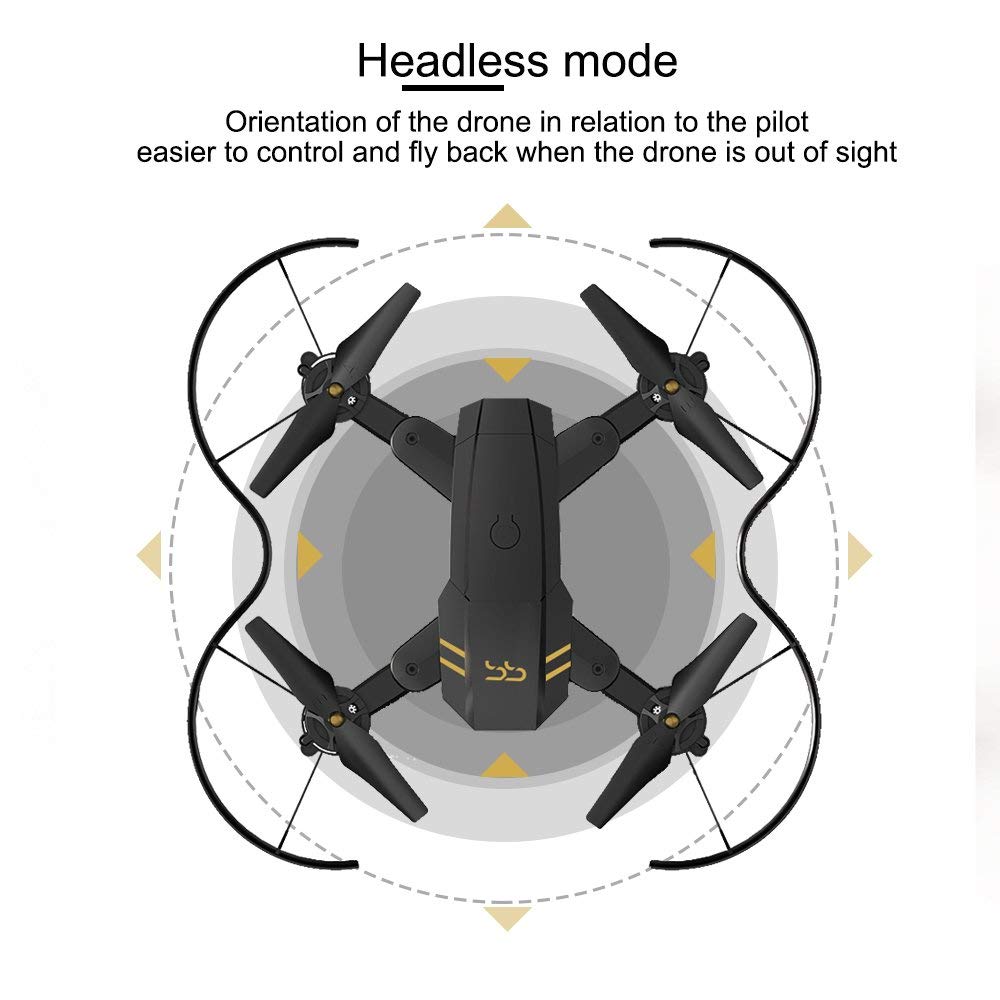
Pros of Using Headless Mode on a Drone
Now that we’ve gone through an easy beginner’s guide to using headless mode in a drone let’s go through the pros of using this mode. Of course, using a headless mode is safer and requires less attention, so let’s see what the pros of a headless mode are.
- Simple and basic controls: It operates as per the controller’s or person’s view with easy commands such as yaw, pitch, and roll for easy guidance.
- Less learning: Once you have got to know about the basic concept of a headless drone, it will be easy for you to operate without much fuss.
- Enhanced maneuver experience: With headless mode, you can better adjust the maneuvers without thinking about the drone’s orientation.
- Best for windy weather: You can get the most out of the headless mode when the weather is windy because you have more control over it through the remote controller.
- Fewer accidents: with the headless mode activated, there are reduced chances of accidents due to enhanced control.
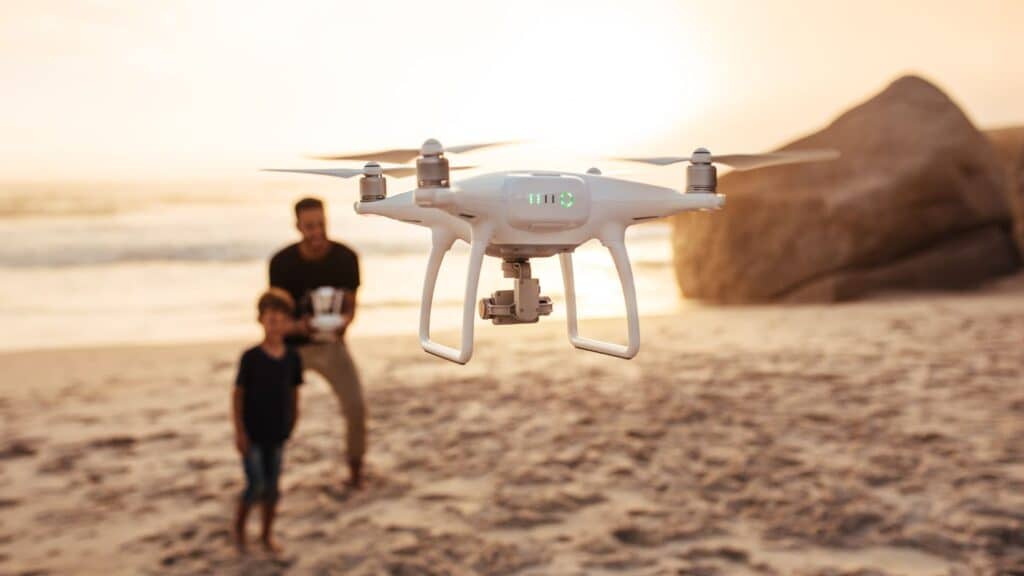
Cons of Using Headless Mode on a Drone
Everything has pitfalls, and so is the case of using headless drones. It is linked with several disadvantages and cons that make one ponder if he/she should use this mode or not.
Let’s talk about the cons of using headless mode:
1: Loss of orientation skills: It can hinder you from developing and learning basic and important orientation skills.
2: Makes you technology dependent: It becomes difficult to operate normally if you get used to operating it using headless mode.
3: Doesn’t support advanced maneuvers: The simpler it gets, the more it hinders the use of advanced maneuvers. It is because it keeps playing with the same old three practices.
4: Compatibility factor: It is important to mention that not all drone models support headless modes, so that becomes a problem.
You can check Jesse Young’s blog, where he has discussed 5 situations when one should avoid using headless mode on a drone.
Conclusion
Wrapping up the article, it covered a beginner-friendly guide on how to use a headless mode on a drone in an efficient way. This comprehensive guide has addressed all the fundamental aspects, including familiarity with headless mode and secure activation. Moreover, it has covered the details of mastery of fundamental controls. Advantages include enhanced maneuverability, simplified operation, and improved control in windy conditions, all of which reduce the number of accidents. Nevertheless, the use of a headless mode could potentially impede the development of orientation abilities, promote reliance on technology, and restrict the execution of complex maneuvers. Notwithstanding its limitations, headless mode continues to be a beneficial instrument for inexperienced drone pilots. By effectively balancing awareness and practice, one can significantly enhance their experience of flying a drone.
Fly Stress-free!


